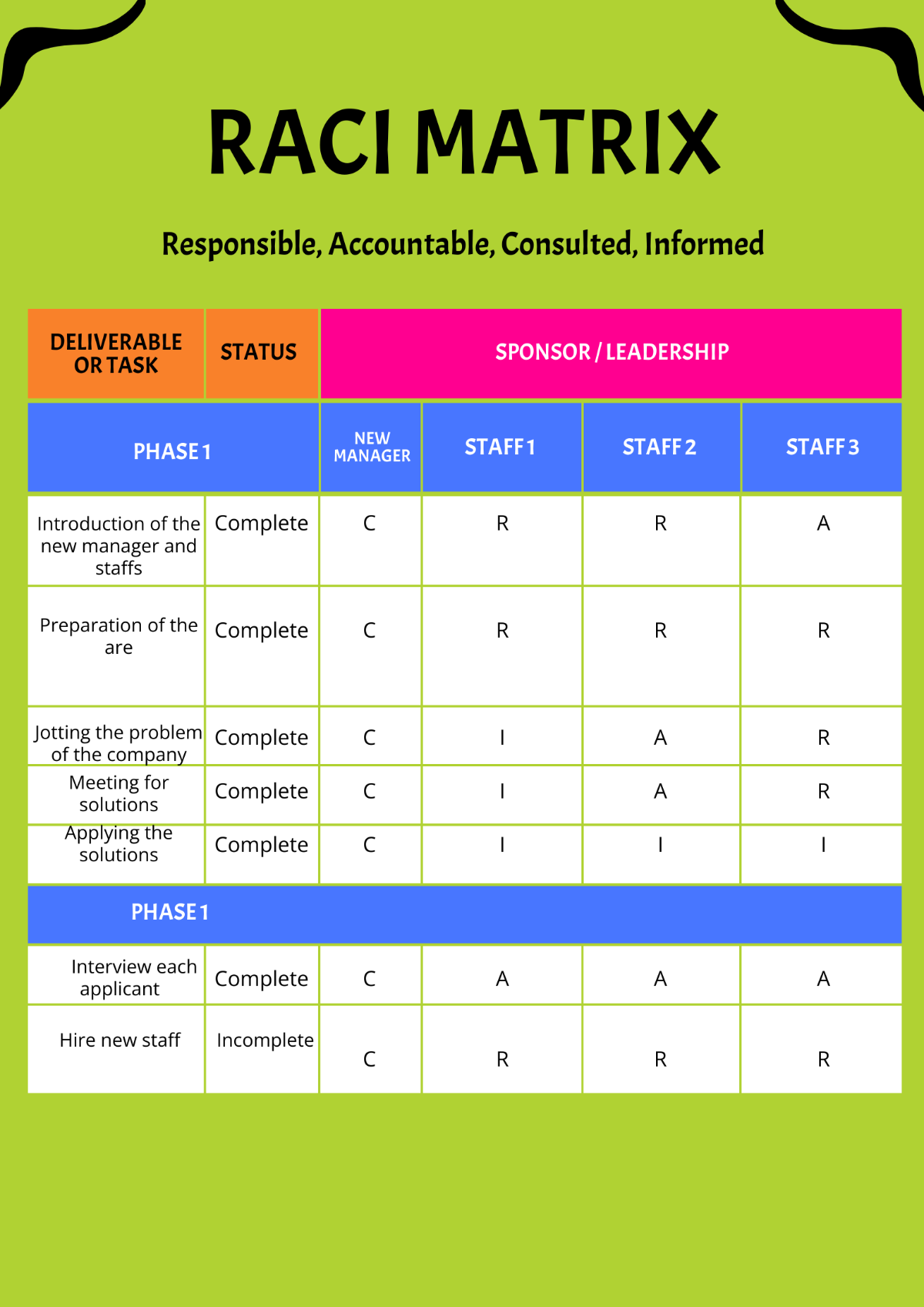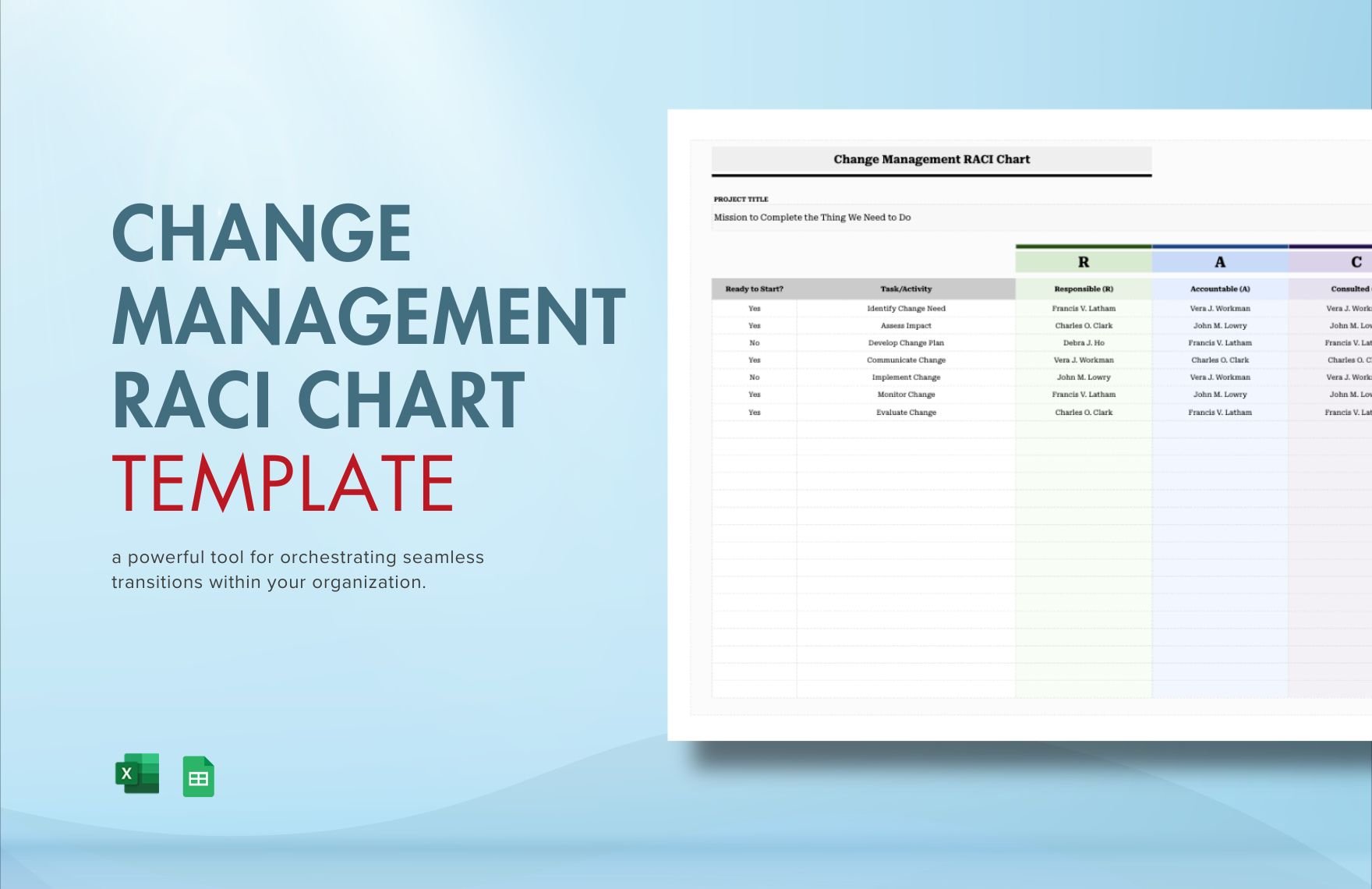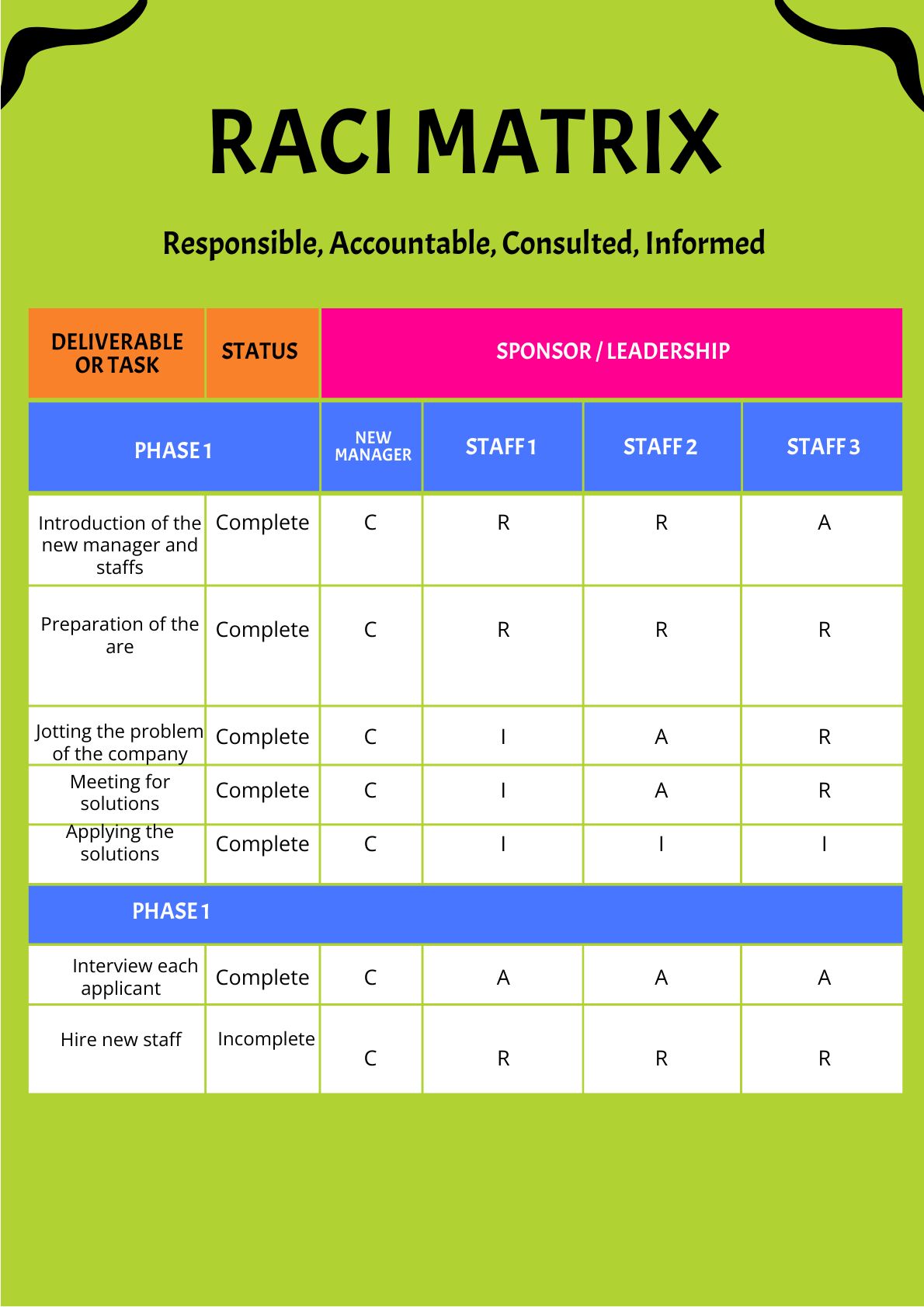The ever-changing demands of consumers require businesses to be more dynamic. It obliges organizations to be more flexible to changes. The goal of these modifications is to implement new processes, products, and strategies while mitigating negative results. To successfully implement reforms, the use of a simple and readily available organizational change technique is a Change Management Flowchart Template. If you are in the crossroads of implementing new plans or protocols, our site offers several workflow diagrams that can help you size up the necessity and urgency of the proposed changes. Subscribe and enjoy the benefits of our templates today!
What Is a Change Management Flowchart?
Change is essential in any businesses' continuous improvement. But, sometimes, it is difficult to see how the proposed change impacts the existing system. A change flowchart aids companies and their managers in showing and understanding the effects of the new process or protocol to the existing elements of the company. Essentially, it is a vital tool in program implementation.
How to Create a Change Management Flowchart?
As a visual tool, flowcharts are simple to make. But, there are other factors to consider and worth taking note of when making a change management flowchart. We offer here some tips on creating a useful management diagram down below.
1. Evaluate the Problem
The need for this problem arises when a problem comes out. You have to evaluate this issue to measure the far-reaching implications of the organization. It will also help in constructing the outline and framework of the flowchart.
2. Identify the Crucial Steps of the Process
The next best thing to do is to identify the crucial parts of the change process. These parts will serve as vital elements in the flowchart. It can also serve as progress milestones when all decisions need to go through this specific part of the process.
3. Determine the Shapes and Their Meanings
Similar to basic charts, all the elements in a change management flowchart have particular implications. The arrows indicate how each element is related to another. In the same way, shapes also represent different meanings. Ovals represent the start and end of the process. Parallelograms represent inputs or outputs, rectangles are for procedures, and diamonds are for decisions.
4. Implement a Test Run
As soon as you come up with a crude framework, do a test run. This initial run will help in perfecting the process. During this procedure, discovered will be any lapses from inspection.




